
OR
Govt sets a target of 1,500 units of energy consumption per capita within 12 years
Published On: September 22, 2023 08:05 PM NPT By: Himal Lamsal
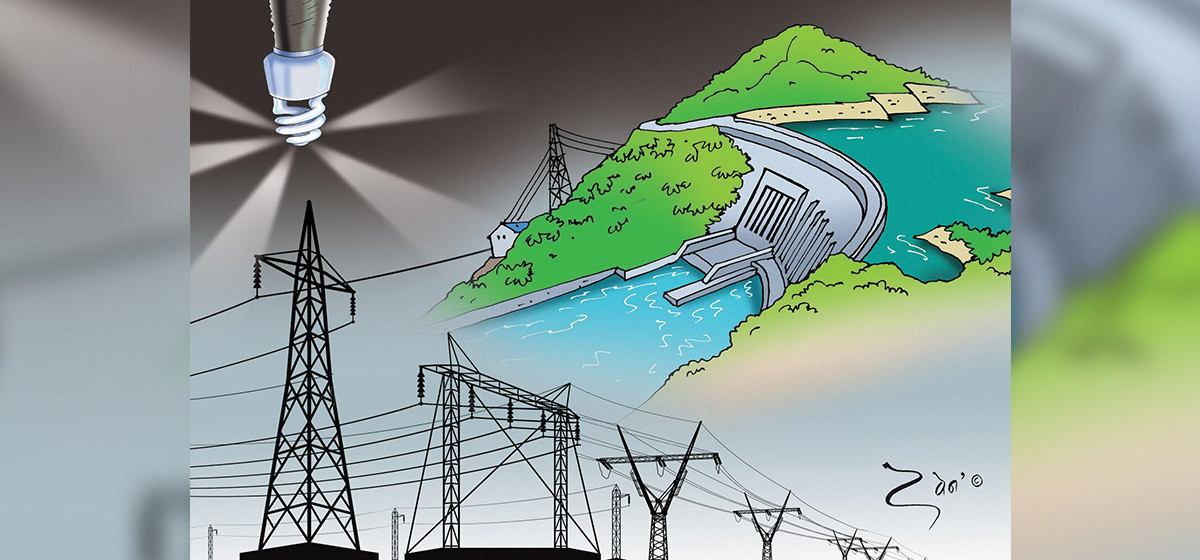
KATHMANDU, Sept 22: The Ministry of Energy, Water Resources and Irrigation has set a target of 1,500 units of energy consumption per capita in the next 12 years, i.e. by 2035. The ministry has barely doubled the per capita energy consumption during the last seven years. However, in the next 12 years, it has set an ambitious target of increasing electricity consumption by four folds.
The 'Energy Development Roadmap and Action Plan 2080' report submitted to the Ministry on September 17 by the Joint Secretary of the Ministry of Energy Sandeep Kumar Dev clearly states that the target is to reach 1500 MW per capita energy consumption within the next 12 years. Presently, per capita energy consumption stands at 380 units.
According to the data of the Nepal Electricity Authority (NEA), the annual energy consumption per capita was 150 units in the fiscal year 2015/16. In the year 2018/19, the annual energy consumption per capita was 245 units, and in the year 2022/23, the annual energy consumption per capita reached 380 units. Energy consumption has almost doubled on average over the past seven years.
Suman Sharma, former secretary of the Ministry of Energy, Water Resources and Irrigation, said that the government should also adjust its performance to meet the target. "Setting a target is definitely a positive step," he said, "But it won't be successful if the performance doesn't align with the target. Therefore, it seems that we have to proceed with the will to implement the goal effectively.
Under the 12-year plan, the Ministry has set a target to increase domestic electricity consumption significantly. According to the Ministry, domestic electricity consumption is currently 12,000 gigawatt hours annually. The Ministry plans to boost this figure to 40,710 gigawatt-hours within the next 12 years. The Ministry of Energy has also planned to expand 17,446 circuit kilometers of transmission lines in the next 12 years. Currently, there are only 5,742 circuit kilometers of transmission lines.
Similarly, there is a substation with a capacity of 8867 MVA. A target has been set to expand this capacity substation to 40,000 MVA in the next 12 years. According to the Ministry, electrification has reached 98 percent of the total population and within a short time, the goal is to electrify 100 percent of the population. Currently, 2800 megawatts of electricity is generated from hydropower projects in Nepal, and it has been projected to produce 28,713 megawatts of electricity in the next 12 years. If the report is approved by the cabinet, the government will aim to produce 28,713 megawatts of electricity within 12 years. The ministry also aims to export 15,000 megawatts of electricity to neighboring countries India and Bangladesh within 12 years.
The 'Energy Development Roadmap and Action Plan 2080' report also mentions the effective utilization of domestic capital for the construction of energy infrastructures, as well as the creation of a suitable environment for bringing in foreign investment. "Necessary steps will be taken to raise climate financing," the report states, adding, "Mechanisms needed to mitigate financial risks will be identified and mobilized."
By the year 2035, the country requires 13,469 megawatts of installed capacity of electricity to supply the total domestic demand of 40,710 gigawatt hours. Similarly, to export 15,000 megawatts of electricity to neighboring countries in 12 years, at least 28,468 megawatts of electricity must be produced in Nepal. Nepal currently has permission to export 630 megawatts of electricity to neighboring countries.
The goal is to export 1,000 megawatts of electricity within the next five years and 15,000 megawatts in 15 years from now. The Ministry of Energy is preparing to export 40 megawatts of electricity to Bangladesh in the current year using transmission lines from neighboring India. It is likely that the plan to export electricity to Bangladesh may materialize within this current year. The Ministry has set a target of exporting 1000 MW electricity to Bangladesh within the next 6 years i.e. by 2029. Similarly, it is preparing to export 3000 MW of electricity by 2033 and 5000 MW by 2035 BS.
The report highlights challenges such as a lack of inter-agency coordination and ownership in project development, limited availability and effective deployment of technical capabilities and financial resources required for project study, development, and construction. It also emphasizes the need for optimizing hydropower project designs based on international market electricity demand and prioritizing large projects, as well as addressing investment formats and construction methods for priority projects.
You May Like This
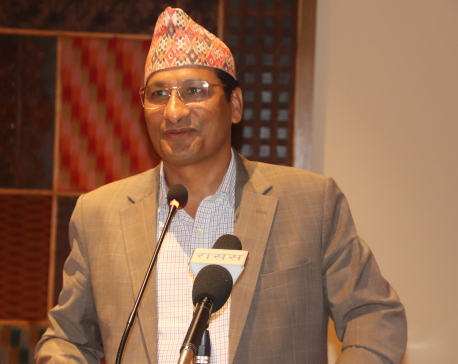
Energy ministry announces free electricity meters for Jajarkot quake victims
JAJARKOT, Nov 24: The Ministry of Energy, Water Resources and Irrigation is going to provide free electricity meters to the... Read More...
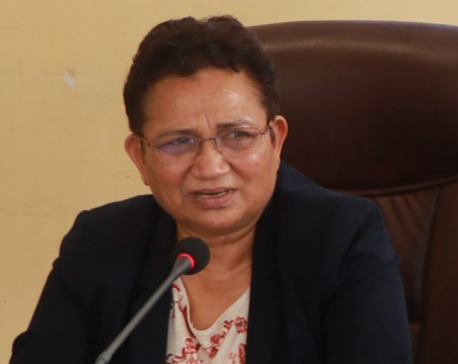
Reconstruction of Bhimsen Temple enhancing country's reputation: Minister Bhusal
LALITPUR, Dec 4: Minister for Energy, Water Resources and Irrigation Pampha Bhusal asserted that the Bhimsen Temple being reconstructed in... Read More...
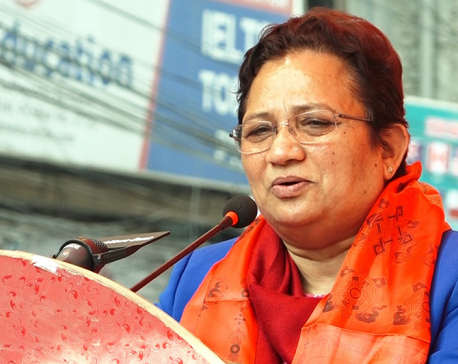
Five-party alliance government to protect constitution, democracy: Energy Minister Bhusal
LALITPUR, Nov 4: Minister for Energy, Water Resources and Irrigation, Pampha Bhusal, has said that the five-party alliance would continue... Read More...




Just In
- NEA Provincial Office initiates contract termination process with six companies
- Nepal's ready-made garment exports soar to over 9 billion rupees
- Vote count update: UML candidate continues to maintain lead in Bajhang
- Govt to provide up to Rs 500,000 for building houses affected by natural calamities
- China announces implementation of free visa for Nepali citizens
- NEPSE gains 14.33 points, while daily turnover inclines to Rs 2.68 billion
- Tourists suffer after flight disruption due to adverse weather in Solukhumbu district
- Vote count update: NC maintains lead in Ilam-2







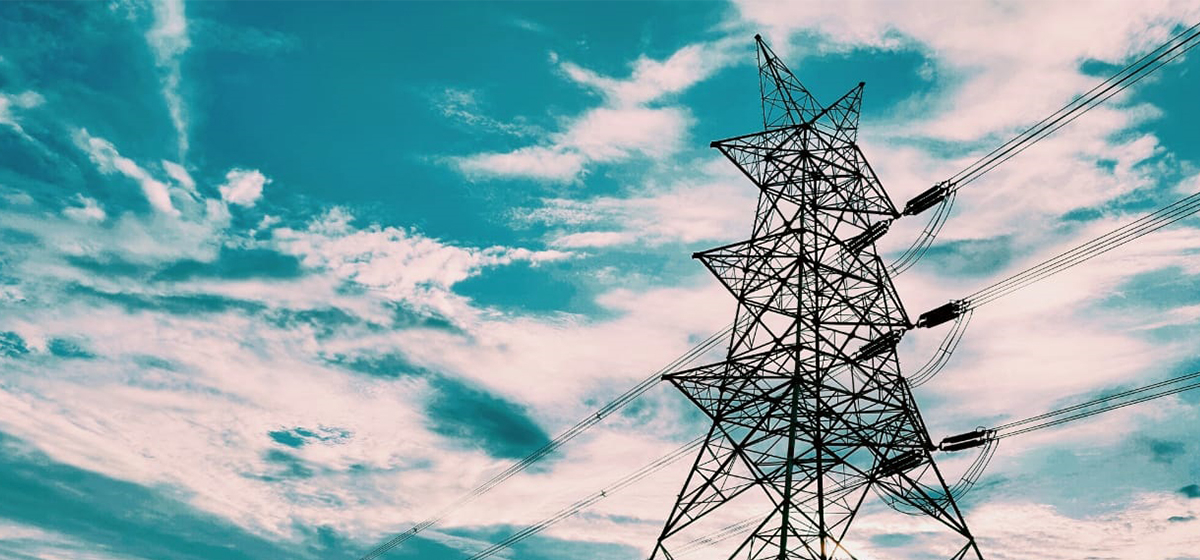




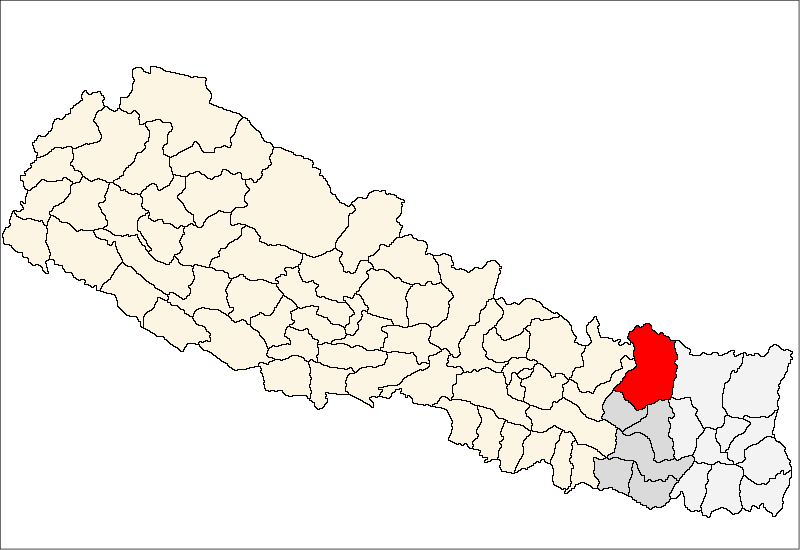
Leave A Comment